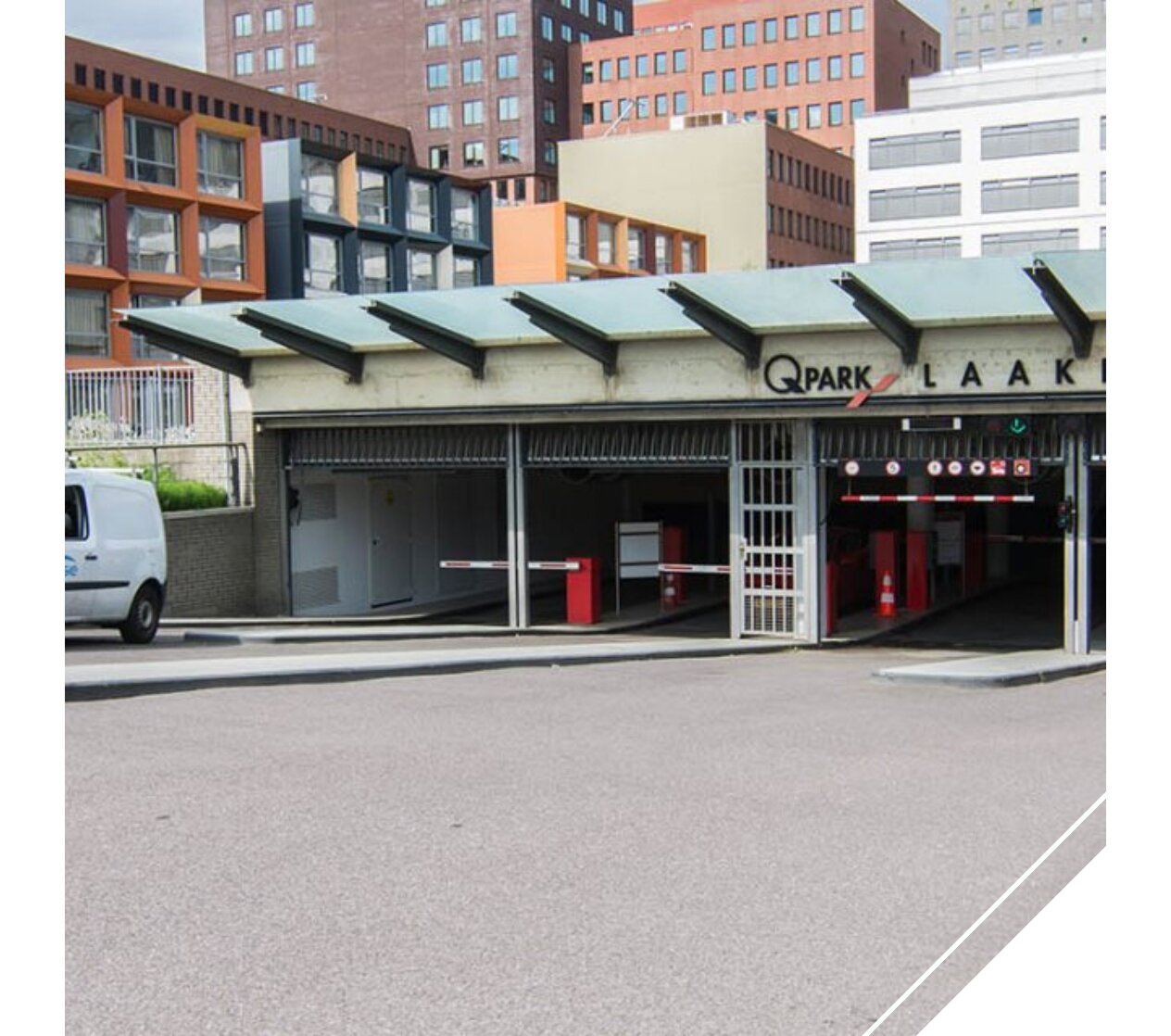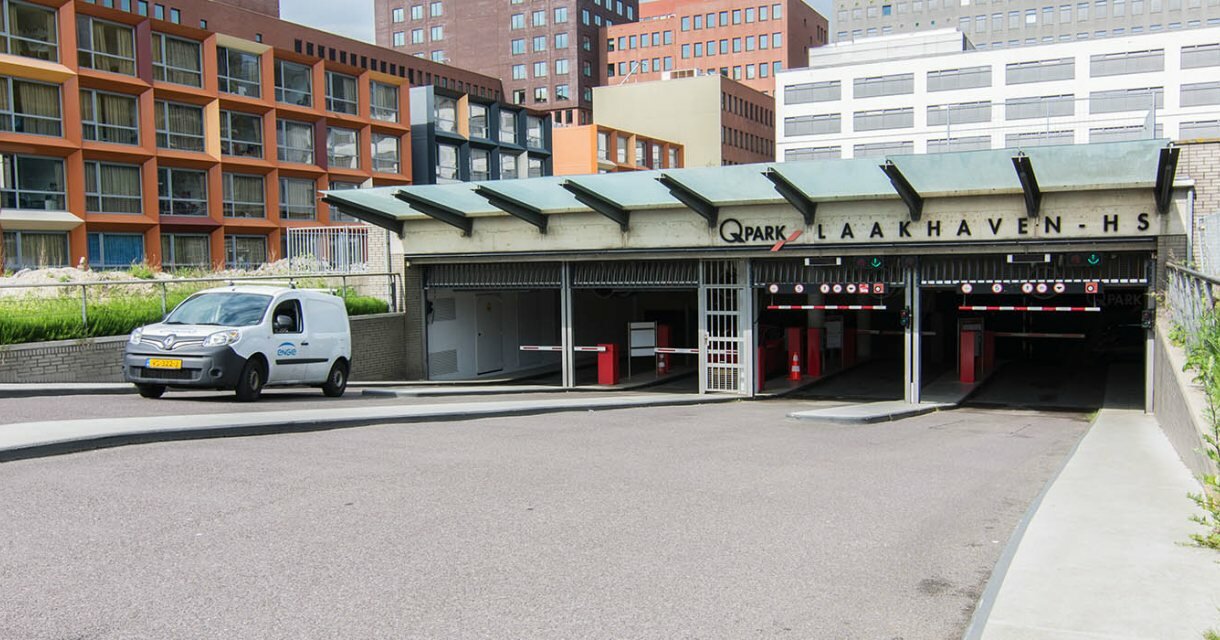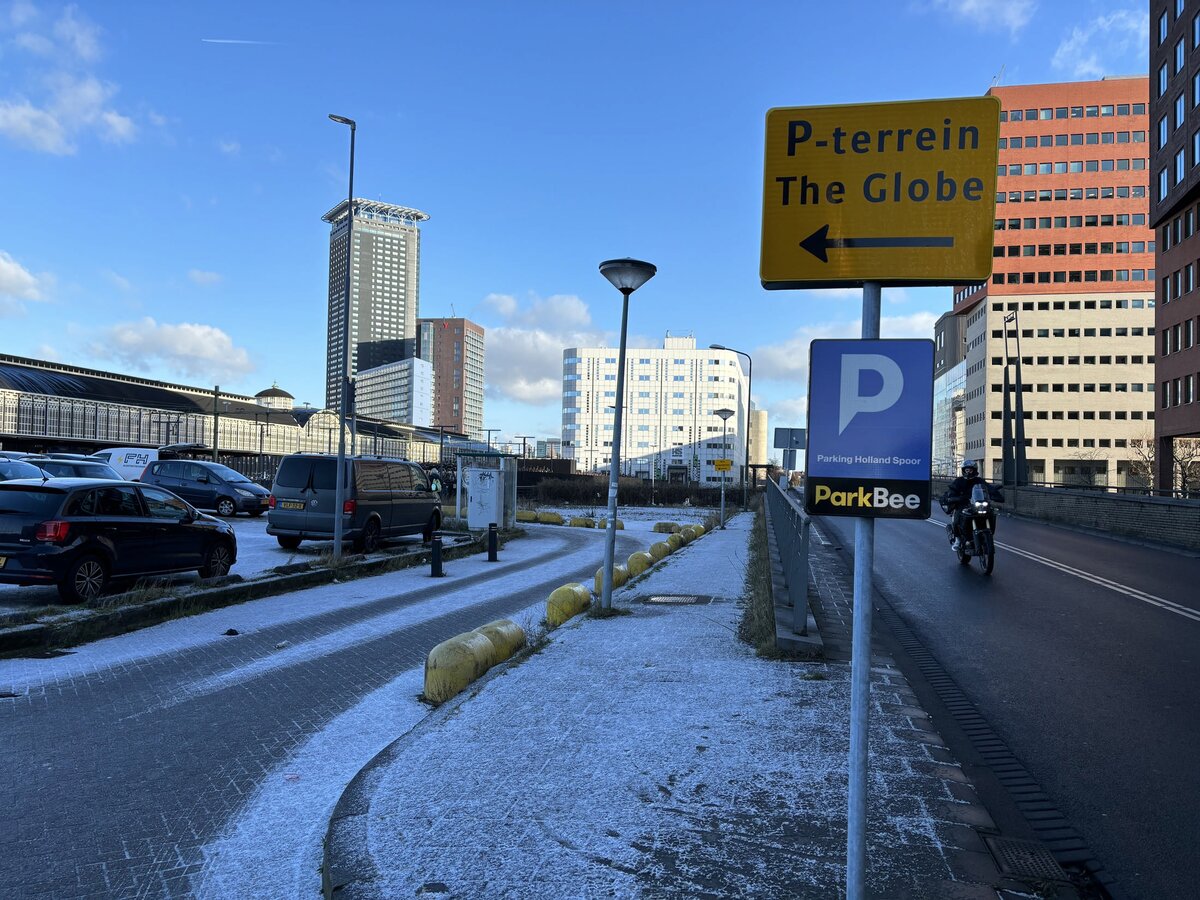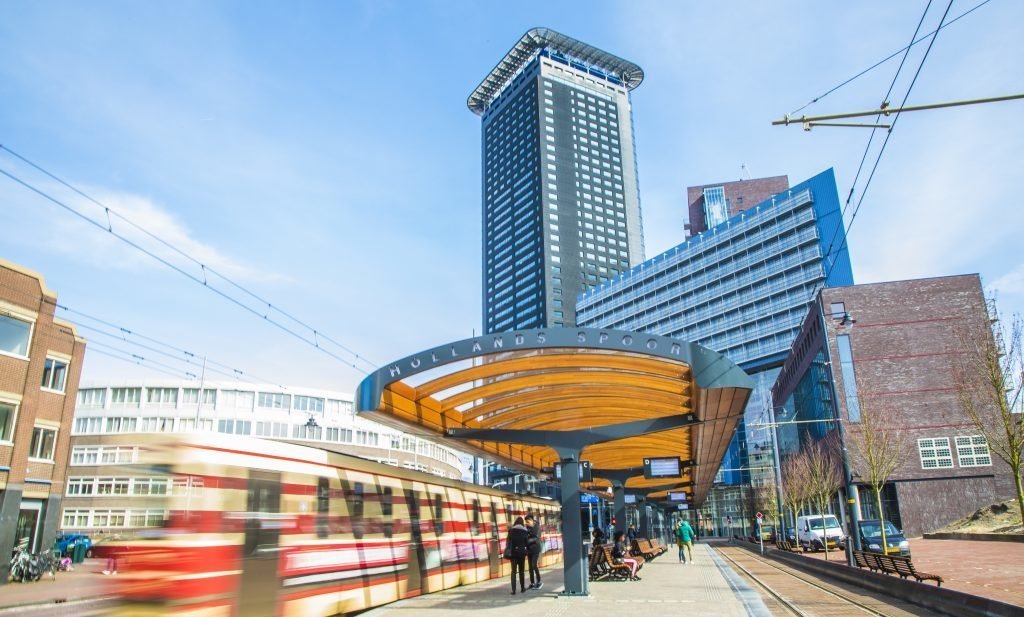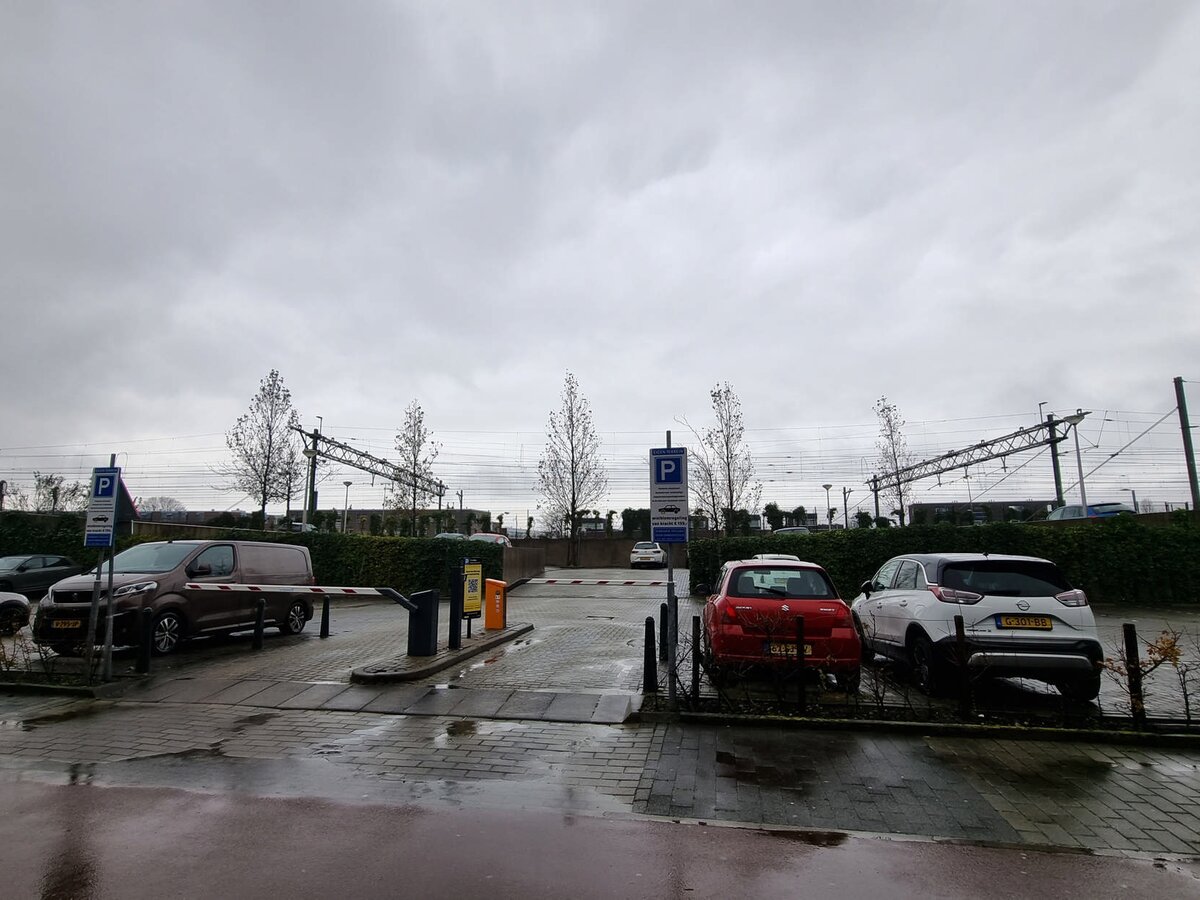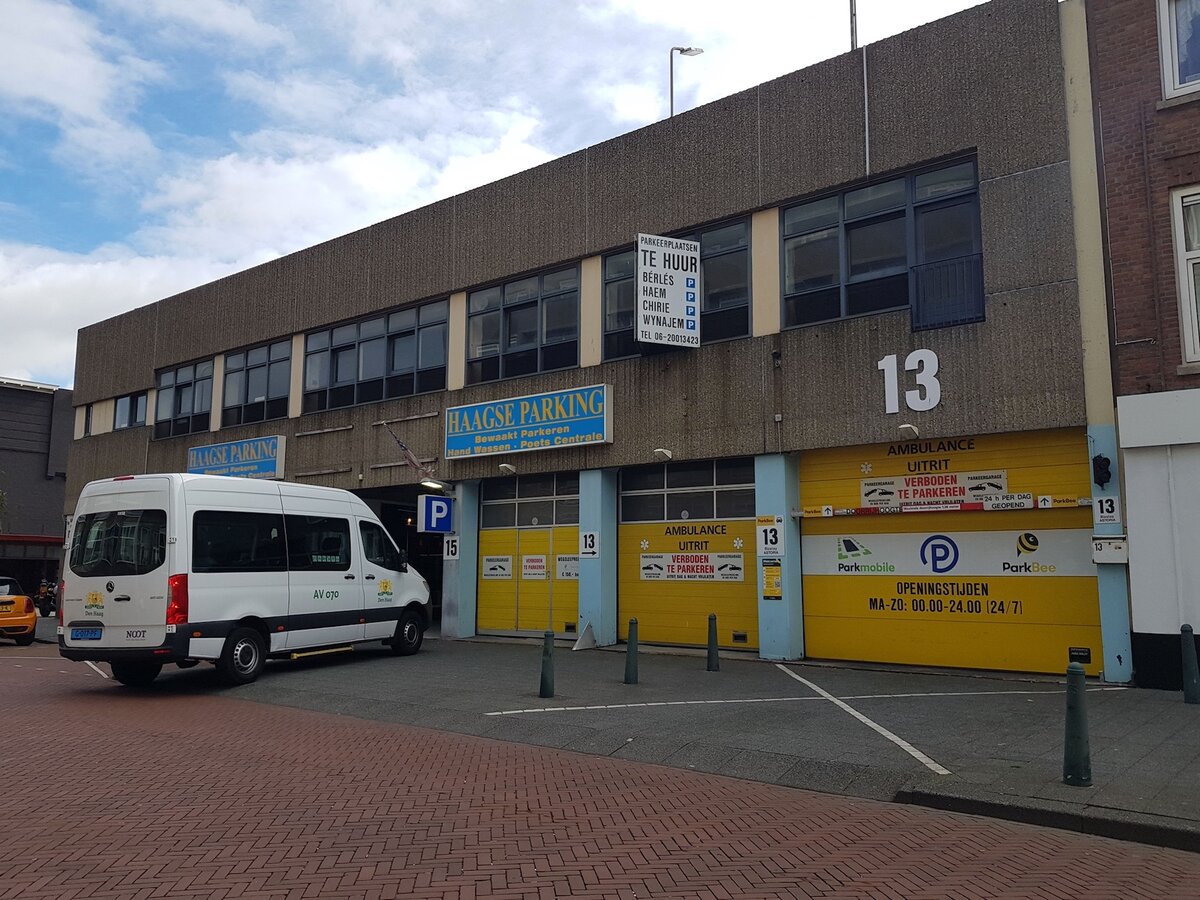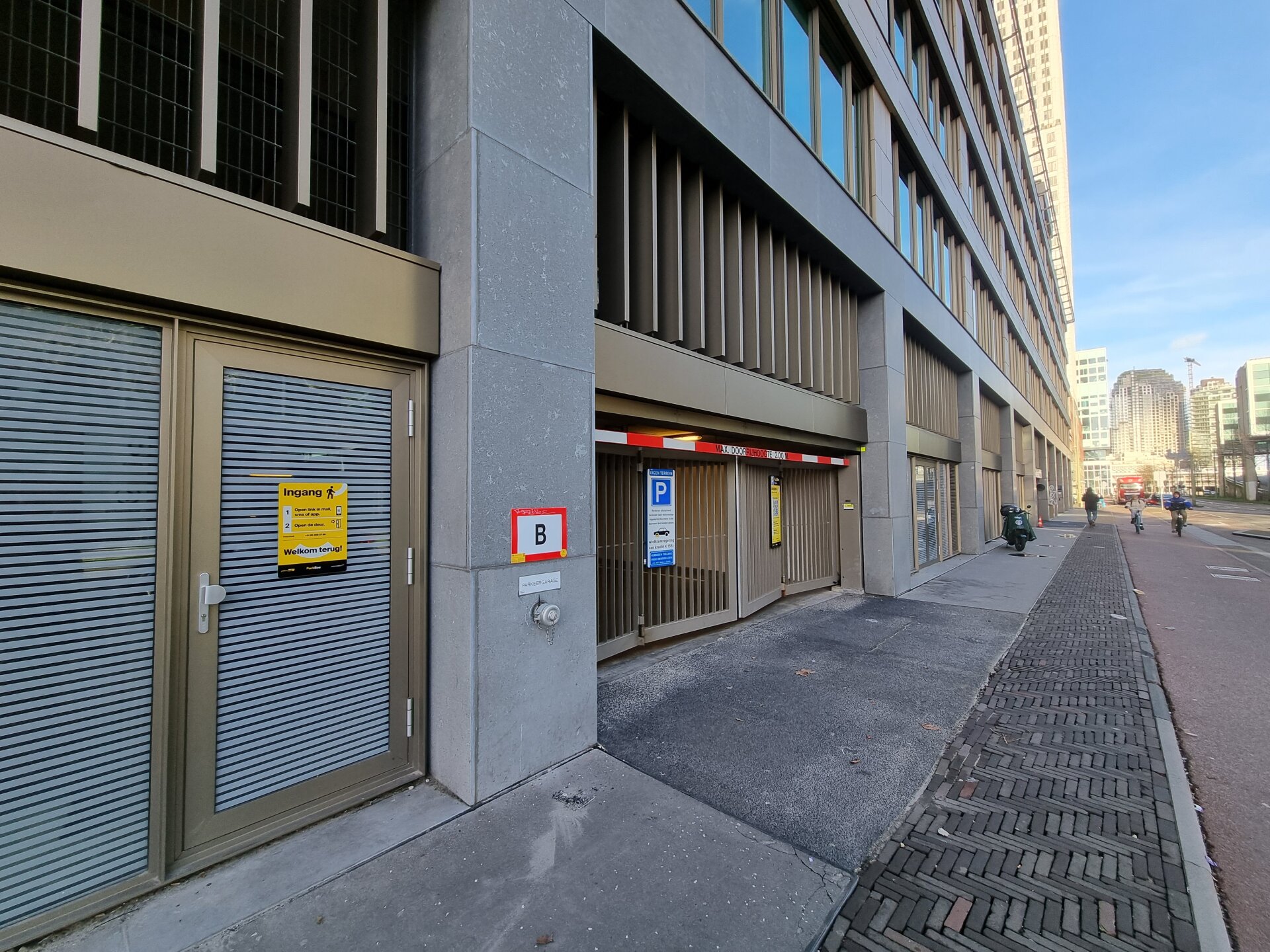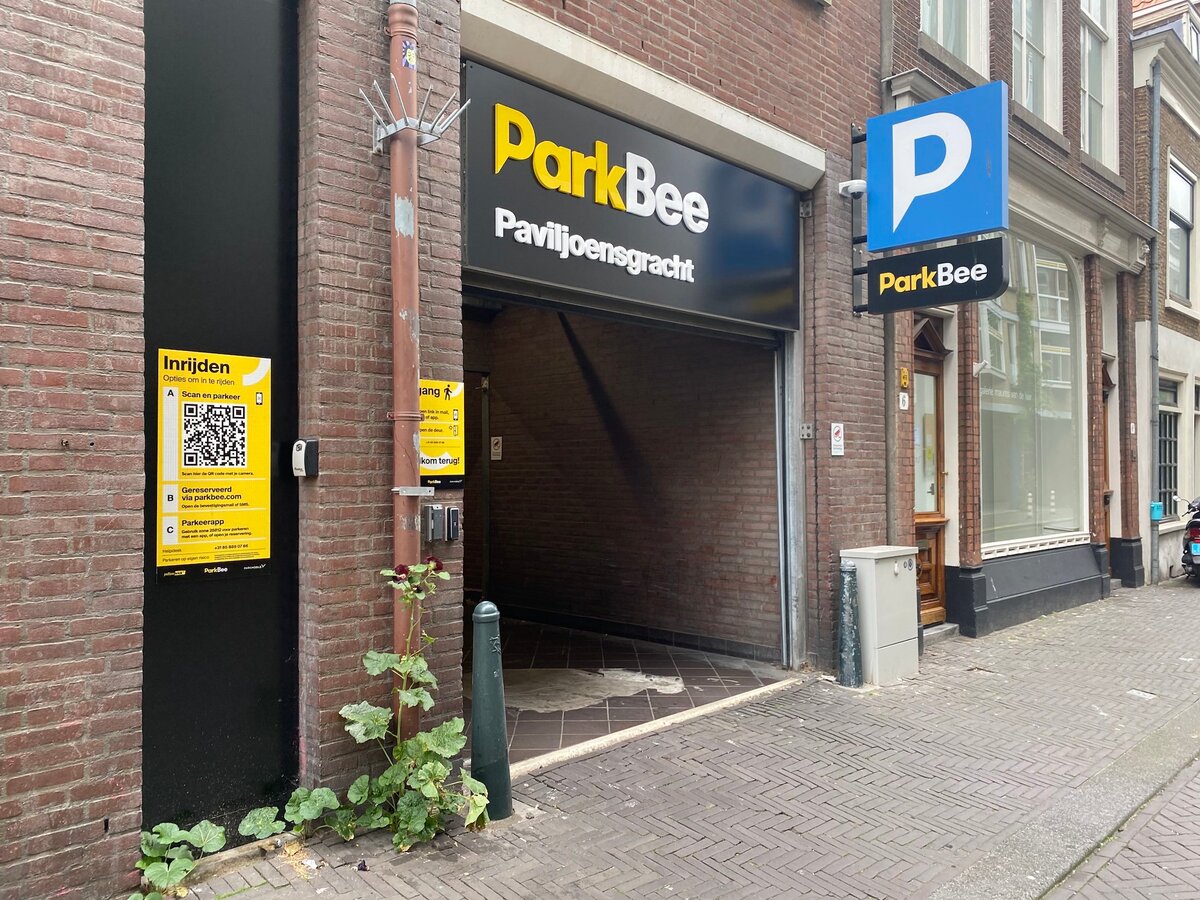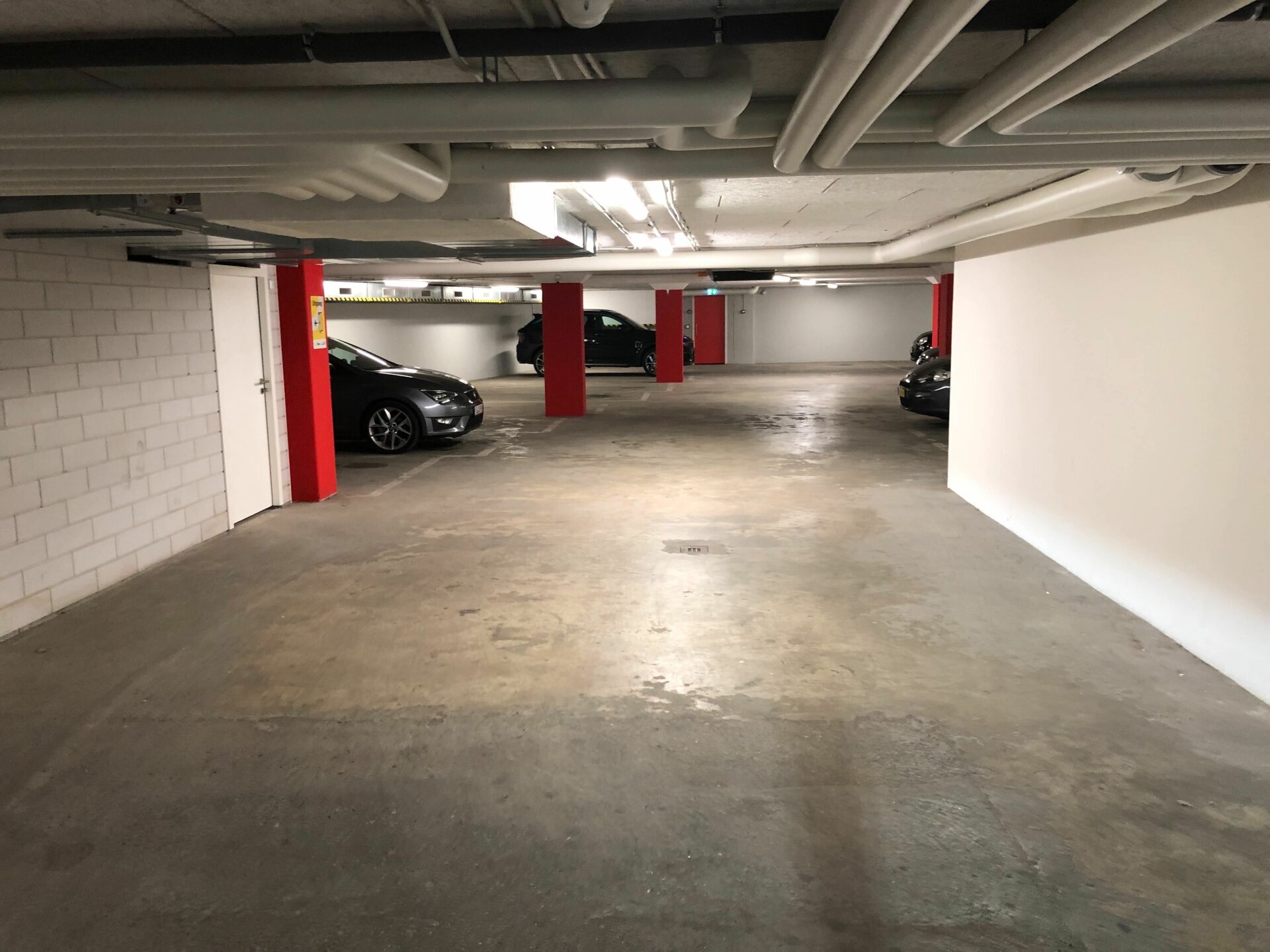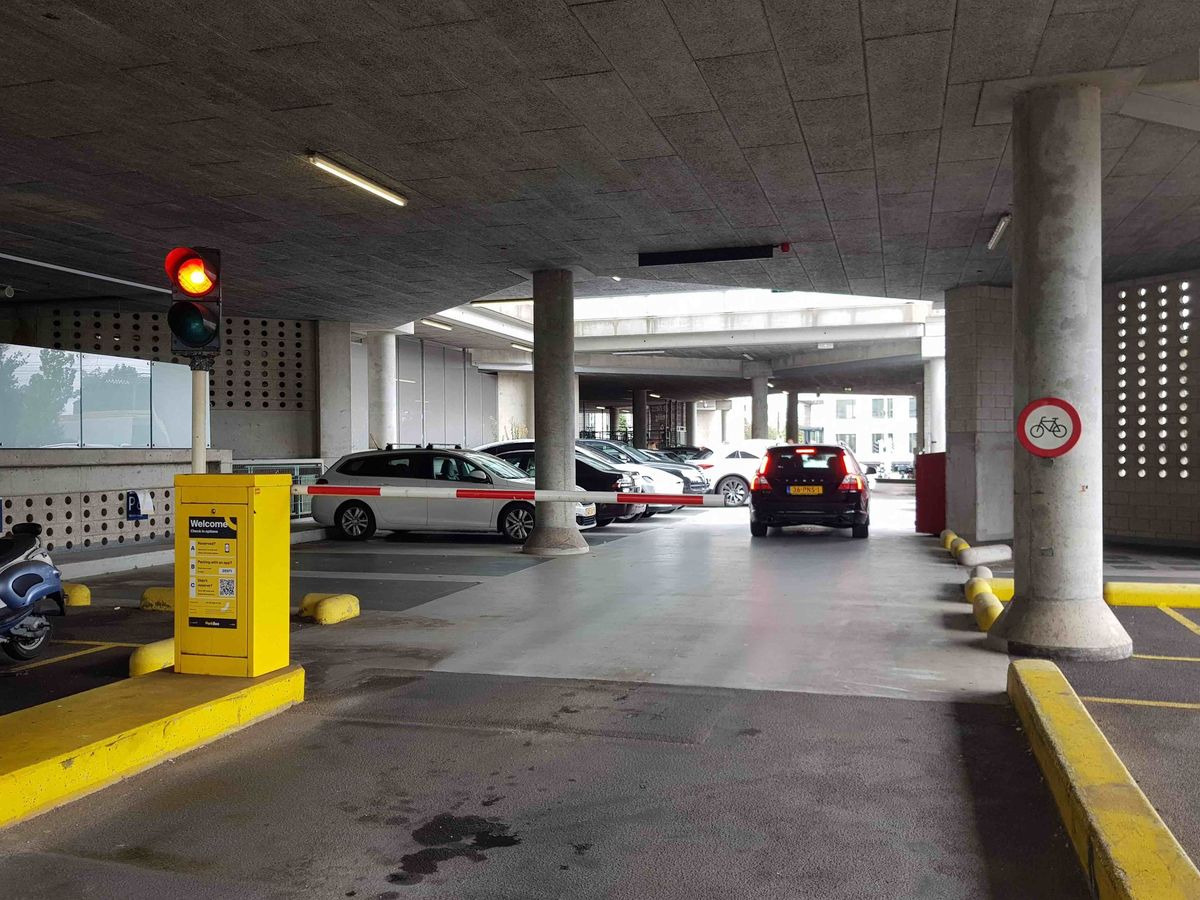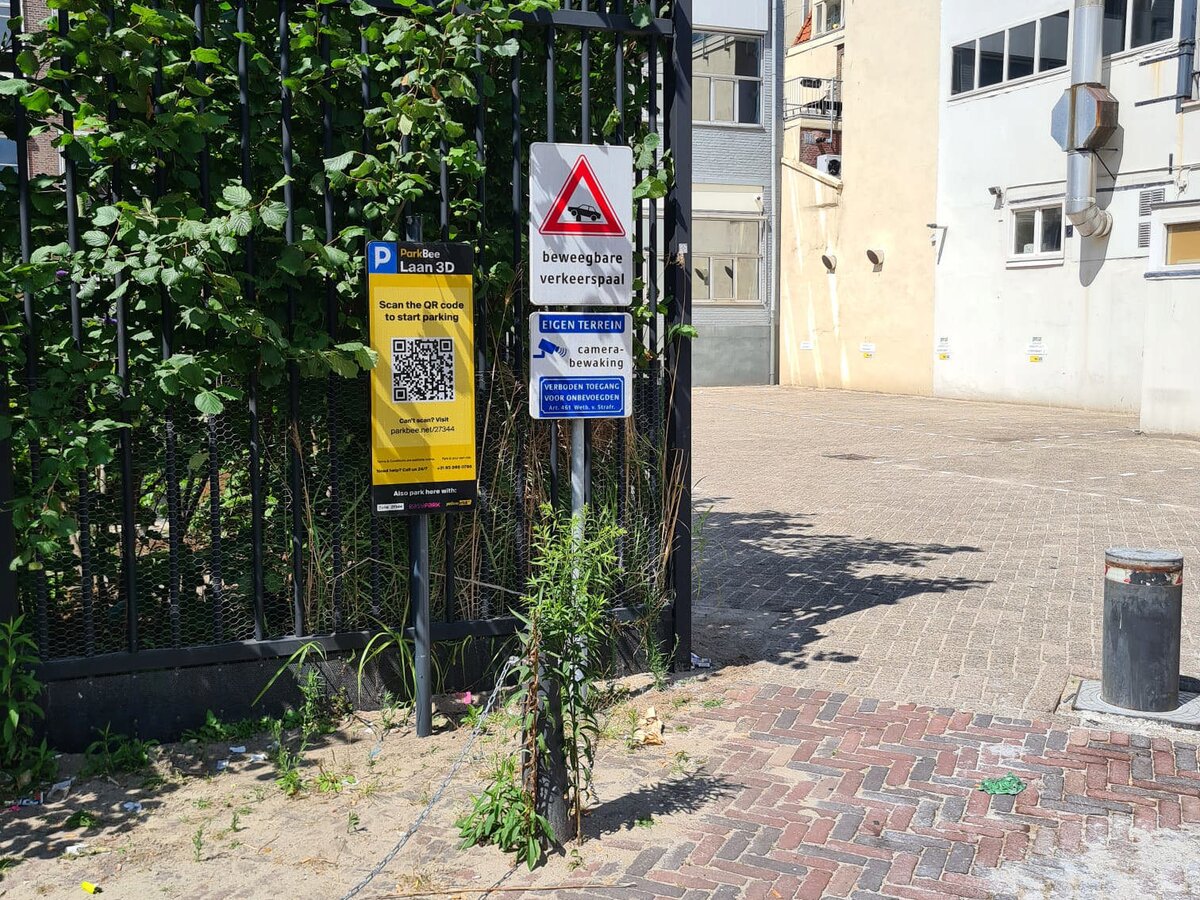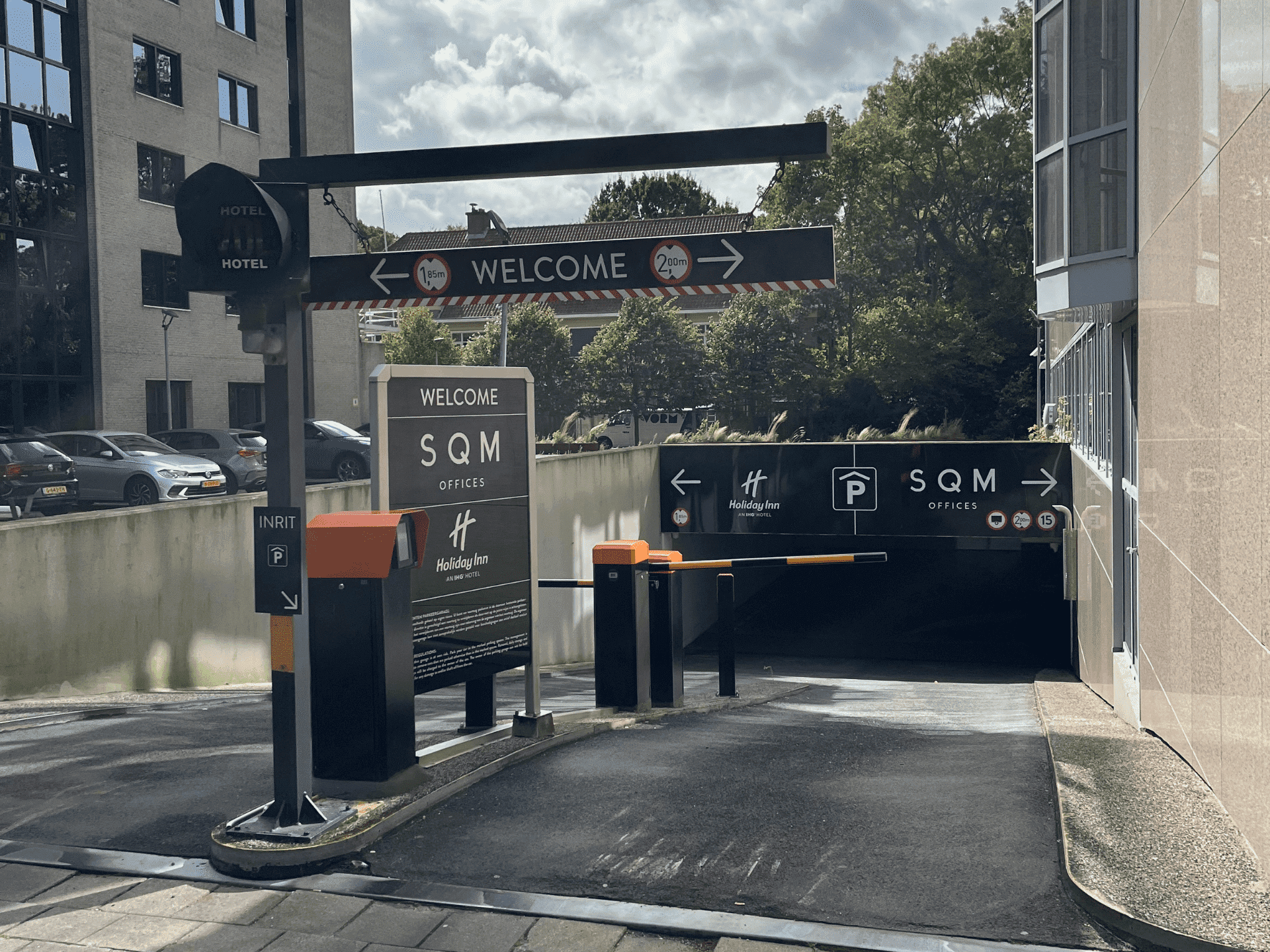





Find parking near Molenwijk, Laak, The Hague
Molenwijk, more commonly referred to as Noordpolderbuurt in The Hague, is an exciting neighborhood within Laakkwartier en Spoorwijk district of The Hague. Bordered by Rijswijkseweg on its western edge and Laak river on its northern border; Trekvliet canal runs east-west with Broeksloot waterway running south; this neighborhood took its name from Laakmolen windmill which dates back 1699 - hence its official moniker of Noordpolderbuurt in The Hague en Spoorwijk district of The Hague Laakkwartier en Spoorwijk district of The Hague.
As soon as you set foot on Molenwijk streets, its diverse culture will immediately become evident. Here you'll find shops owned by entrepreneurs from different cultural backgrounds - making Molenwijk one of the most vibrant neighborhoods around! In 1982, the Hindustani Association (HVL) was formed, offering activities such as computer courses, sports leagues, traditional Hindustani dance performances and elderly care services. A notable initiative by HVL is its Sewa Sangh project providing 30 homes to elderly Hindustanis residents in need. The Turkish Association of Molenwijk was founded in 1986 to assist Turkish immigrants. Today, their activities promote better community relations while they also run an affordable transportation service for elderly residents of Molenwijk.
Molenwijk dates back to its construction between 1915 and 1921, following architect H.P. Berlage's urban plan created in 1909. Originally intended as housing for lower-level civil servants--sometimes referred to as the "copper-button proletariat"--Molenwijk quickly evolved into an exclusive neighborhood for upper-class individuals as time passed. In that era, approximately 1800 homes built were owned by the municipality - although their construction often proved contentious. In 1919, communist councilor Coltof voiced criticism against The Hague municipality for exploiting housing shortages to pack workers into rental barracks for rent, effectively suppressing working class living standards instead of improving them. Yet Molenwijk marked the beginning of The Hague's social housing movement.
Molenwijk offers many interesting street names that reference mechanical and industrial drive objects, such as Asstraat, Wiekstraat, Schepradstraat, Spilstraat, Zuigerstraat, Schoeplaan Klepstraat Ketelstraat Drijfriemstraat Cylinderstraat etc. Additionally Peilstraat refers to measuring devices. Over the years the neighborhood has undergone substantial urban renewal. At its center lies Molenweide City Farm (established March 2002) featuring playground and community gardens as its focal point.
Haags Tehuis voor Ongehuwden (HTO), designed by architect K.P.C. de Bazel in 1925, once hosted facilities like public bathhouse and restaurant facilities before World War II when its use by Sicherheitsdienst German security service became compulsory; postwar this building provided showering opportunities at an affordable fee; now renovated, this space primarily accommodates students.
Molenwijk has an interesting transportation history involving tram lines. Tram line 17 first entered Molenwijk on January 1, 1927 but left again by November 7 of that year. However, tram line 10 began operating between Station Hollands Spoor and Draaistraat in Molenwijk on June 16, 1927 - initially only during summer season until September 14th. Permanently returning on November 7, line 10 was once more providing residents with convenient transportation services. At that time, it provided direct service from Molenwijk to destinations including Oranjeplein, Boekhorststraat, Westeinde and Willem de Zwijgerlaan all the way down to Westduinweg near Duindorp. Though direct access between Duindorp and the city center was never fully reinstated after World War II, line 10 was extended into Molenwijk briefly in the 1950s. In 1966, this line was eventually replaced by a combination of tram lines 10 and 36 running from Molenwijk to Voorburg Station. Subsequently, bus route 21 from Hollandse Spoor to Ypenburg via Stuwstraat, Ketelstraat, Cromvlietkade and Geestbrugweg attempted to meet this need until its operations ceased due to low ridership in 1980. Today residents living near Rijswijk can access tram lines 15 (Nootdorp - Centraal Station) and 1 (Delft - Scheveningen).
Now let's turn our attention towards parking in Molenwijk. Finding a suitable spot can often be a challenge in busy neighborhoods like Molenwijk; that's where Mobypark comes in; their user-friendly platform for booking and managing parking spaces worldwide makes the task easy! From garages to lots, Mobypark has your parking needs covered.
Mobypark makes finding parking easy! Simply enter in your preferred location, price range and other specific criteria and search through available spots using our web app to make reservations quickly and effortlessly. Our goal is to offer affordable yet convenient solutions so you can enjoy an effortless visit or residency experience in Molenwijk.
Mobypark provides long and short-term parking solutions to suit the needs of residents and visitors alike, with competitive rates and flexible arrangements offered through partnerships with various parking providers. Plus, our secure online platform facilitates an effortless booking experience and gives peace of mind regarding the safety of your vehicle.
Molenwijk is an eclectic and historically significant neighborhood in The Hague. With its multicultural character, rich history, and ongoing urban development projects - Mobypark provides accessible parking solutions that enhance this vibrant community experience for residents as well as visitors alike. When planning your visit or in need of reliable parking solutions in Molenwijk - choose Mobypark as your reliable partner!
Parking rates near Molenwijk
Parking time
Mobypark parking rates
1 hour parking
from € 1.00
24 hours parking
from € 10.00
1 week parking
from € 60.00
1 month parking
from € 130.00



